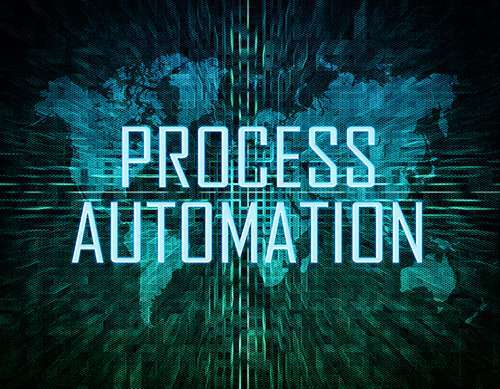-
Global Trends: Robotic Process Automation
Robotic Process Automation (RPA) is an emerging trend in the global business world. Closely related to Business Process Outsourcing (BPO), RPA refers to the use of computer software or a “robot” to perform business processes. It’s designed to perform tasks that would otherwise be outsourced to human workers. The term RPA is not widely used in the United States, but it is very similar to the idea of Business Process Automation (BPA). RPA offers an automated alternative to BPO and take over repetitive, rule-based tasks. RPA is a wider term, covering things such as IT support and automated assistance as well as business processing. In fact, BPA is just a subset of under the Robotic Process Automation.

How Does RPA Change Things?
Robotic Process Automation, when applied to business processes, simplifies back-office functions that would otherwise eat up employee time or require outsourcing. Organizations are adopting RPA solutions at an increasing rate, and the effects will be seen in the manual BPO sector, as more outsourced functions move from human workers to automation. In fact, BPA is one of the quickest and easiest areas to begin automating and will likely grow at a faster pace than RPA overall. Robotic process automation will not eliminate the need for internal employees, but does have the potential to significantly change how businesses outsource certain processes.
Is It Cost-Effective?
Whether you’re talking about RPA or BPA, automating business processes is highly cost-effective. Let’s just take Accounts Payable as an example. Automating in AP reduces labor cost, provides insight into invoice processing, processes payments on time to avoid late fees, gives you and your vendors the ability to check payment status, and simplifies audits. You’ll start noticing these improvements immediately as you save time and money across the board.
In the shifting labor market, automation also makes it easier for businesses to cope when employees retire or leave the company. Automation means you can get by more easily with fewer workers, at least until you can hire and train replacements.
What About Job Loss?
In an interview with Cape Business News, Deloitte South Africa’s Technology & Applications Outsourcing Associate Director Ajit Paul stated that RPA does not “necessarily suggest job losses, as it has been seen in developed markets that it does not decrease employment but creates more value-driven and complex jobs as companies free resources from volume-driven work.”
In the past, high-volume work meant you needed more manpower to complete time-consuming tasks like data entry and processing. Now, businesses can dedicated routine and rule-based work to automated software “robots” that work much more quickly and accurately. This leaves employees free for more strategic tasks that need a human touch. It doesn’t necessarily take jobs away from human employees, but it does change the type of work they’re doing.
Robotic Process Automation is just one of the aspects of digital disruption that all organizations must face. Whether you are looking to improve your accounting functions, your technical support, or some other aspect of your organization RPA is here to stay.
If your organization is still processing PO, invoices, expense reports, or payments manually, it’s time to consider automation. NextProcess offers a comprehensive suite of modules that is compatible with every major ERP. Learn about our solution and put RPA to work for you.